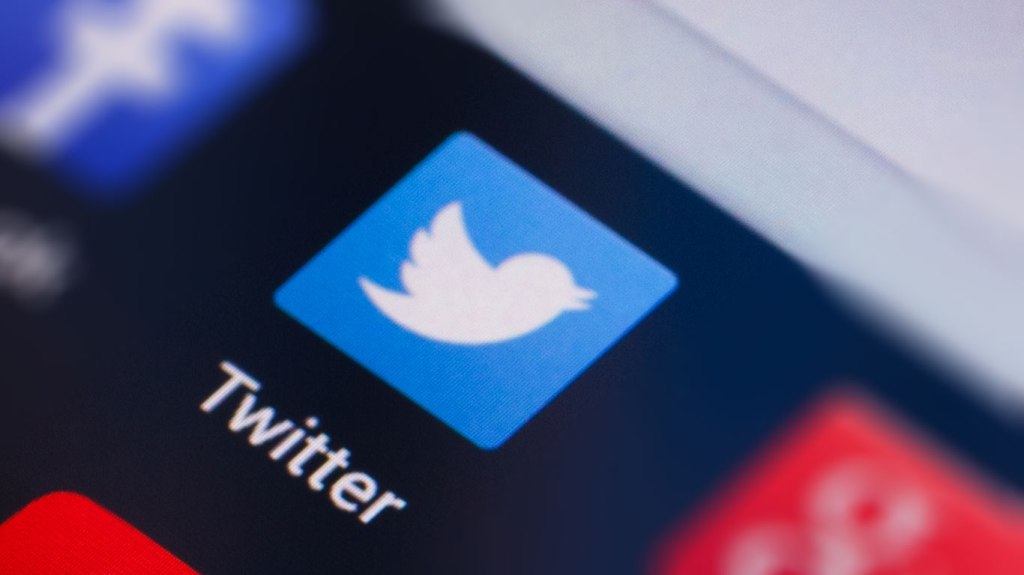Twitter today announced it’s pausing all account verifications – the process that gives public figures on Twitter a blue checkmark next to their names – while it tries to resolve “confusion” around what it means to be verified, the company says. The move comes shortly after a wave of criticism directed against the social network for verifying the account belonging to Jason Kessler, the organizer of the white supremacist rally in Charlottesville, Virginia in August that left one person dead.
The Daily Beast discovered that Kessler’s Twitter account had been given the preferred status indicated by the blue badge on Tuesday. When reached for comment, Twitter pointed reporters to its policies around account verification which explain the badge is awarded if an account is “of public interest.”
But the coveted blue checkmark is still hard to achieve for many noteworthy figures, and critics claimed that verifying a known white supremacist isn’t something that’s in the public interest.
Even Twitter doesn’t seem to understand its own rules on the matter, as it has withheld the checkmark before for controversial but influential accounts, including Julian Assange. It also has punished Twitter users by stripping them of verification, as it did with right-winger Milo Yiannopoulos last year, ahead of permanently banning him.
Kessler had previously deleted his Twitter account after insulting the slain protester at the Charlottesville, Heather Heyer, in crude terms and linking to the neo-Nazi website Daily Stormer’s coverage of her death.
He later returned to the network and received account verification only 26 days after Twitter’s promise it would crack down on the online abuse, harassment, and hate taking place on its platform, noted The Daily Caller’s report on Wednesday. Those promises included one recent commitment to create new rules around how it will handle hateful imagery and hate symbols, as well as violent groups using its service.
According to Twitter, its verification process is meant to “authenticate identify and voice” but is today interpreted as ” an endorsement or an indicator of importance.”
Exhibit at TechCrunch Sessions: AI
Secure your spot at TC Sessions: AI and show 1,200+ decision-makers what you’ve built — without the big spend. Available through May 9 or while tables last.
Exhibit at TechCrunch Sessions: AI
Secure your spot at TC Sessions: AI and show 1,200+ decision-makers what you’ve built — without the big spend. Available through May 9 or while tables last.
It says it’s pausing all general verifications while the company tries to resolve the matter and will update when it has something new to report.
The announcement, delivered via tweet from the @TwitterSupport account, is below:
Verification was meant to authenticate identity & voice but it is interpreted as an endorsement or an indicator of importance. We recognize that we have created this confusion and need to resolve it. We have paused all general verifications while we work and will report back soon
— Support (@Support) November 9, 2017
Related tweets from Twitter CEO Jack Dorsey and Ed Ho, GM of Twitter’s consumer product, add that Twitter has known account verification is broken because people believe it’s related to endorsement.
We should’ve communicated faster on this (yesterday): our agents have been following our verification policy correctly, but we realized some time ago the system is broken and needs to be reconsidered. And we failed by not doing anything about it. Working now to fix faster. https://t.co/wVbfYJntHj
— jack (@jack) November 9, 2017
Ho also admitted the current process should have been stopped at the beginning of the year.
https://twitter.com/mrdonut/status/928656125020446720
And he put the following question to Twitter users:
“Should it ever appear that Twitter is endorsing anyone with something as prominent as a blue check mark or should we only authenticate info in a profile?”
Responses are already flowing in, with some of the noteworthy suggestions including:
- Making verification less arbitrary and more transparent, and less tied to “prominence.”
https://twitter.com/hunterwalk/status/928657310649643009
- A better way to distinguish between real and parody accounts:
Distinguishing between real and parody accounts is important, but it need not be a fancy blue checkmark. Twitter has known for years that its users interpreted that as a form of endorsement. Yet it still verified actual Nazis.
— javi (@Javi) November 9, 2017
- Decoupling verification from status:
Decouple identify verification from status. Validating the person is who they say they are needs only a subtle indicator. Calling attention to a profile that it is of high quality / interest warrants an obvious distinguishing mark. The checkmark does both and therefore neither.
— Nolan O'Brien (@NolanOBrien) November 9, 2017
- Never using verification as reward or punishment:
https://twitter.com/44/status/928664185352871936
- Reviewing accounts for verification through a democratic peer-to-peer review process:
Verification is like getting Twitter Tenure when an applicant is required to justify their prominence in their field. If the review process was actually a democratic peer-review committee process as in academia it could be a lot more workable for all.
— David Carroll 🦣🦋 (@profcarroll) November 9, 2017


